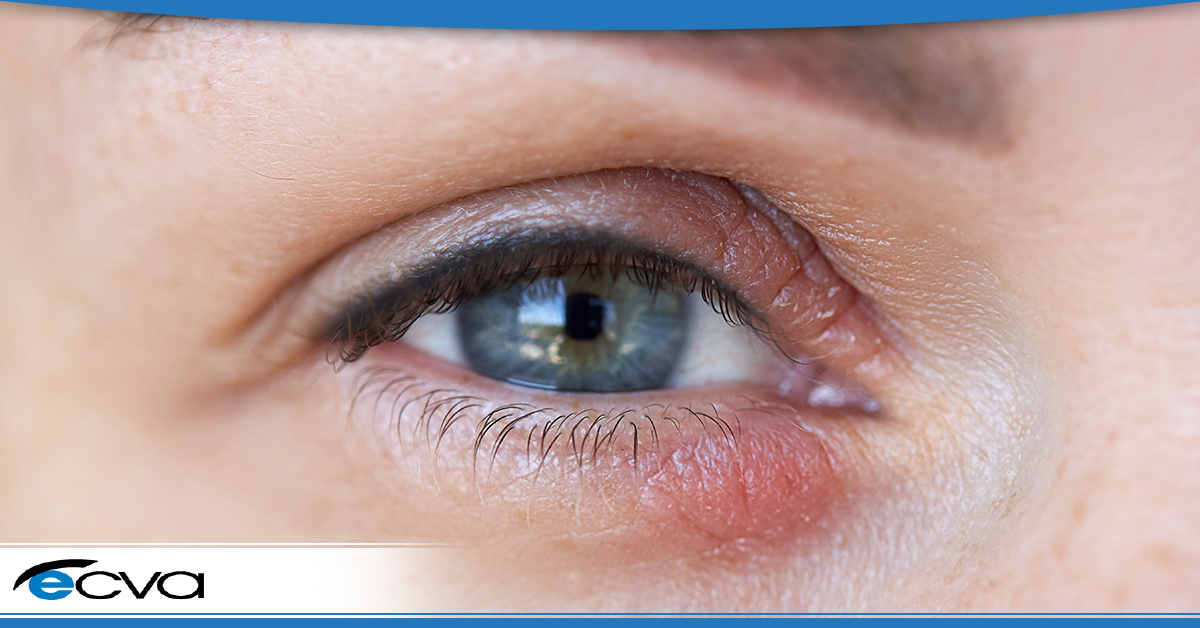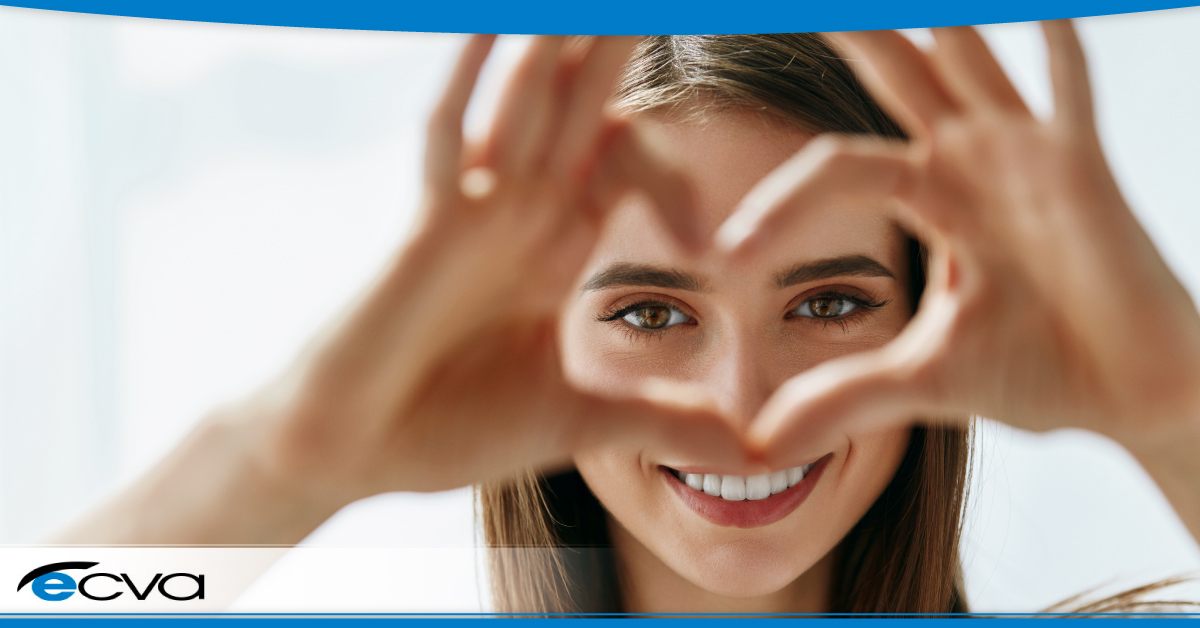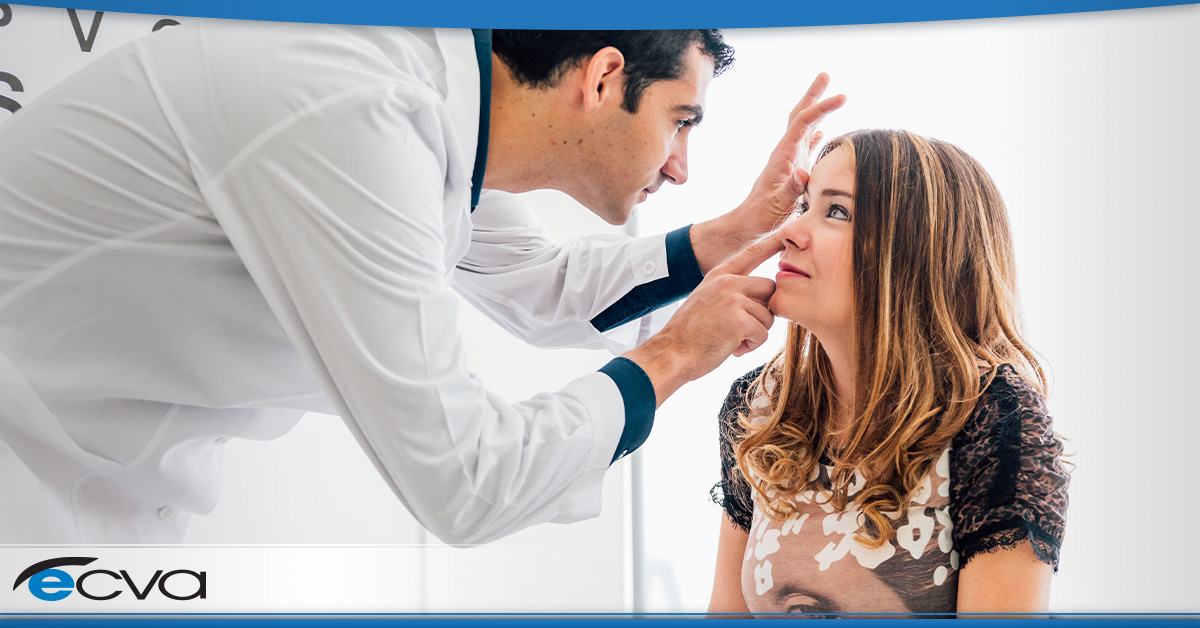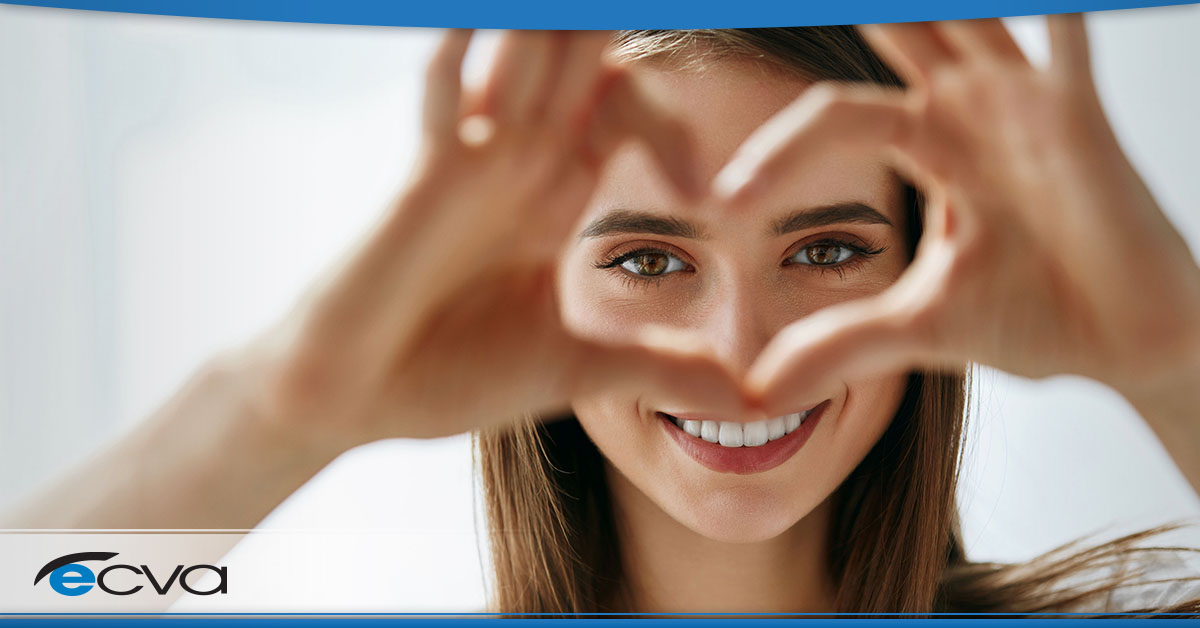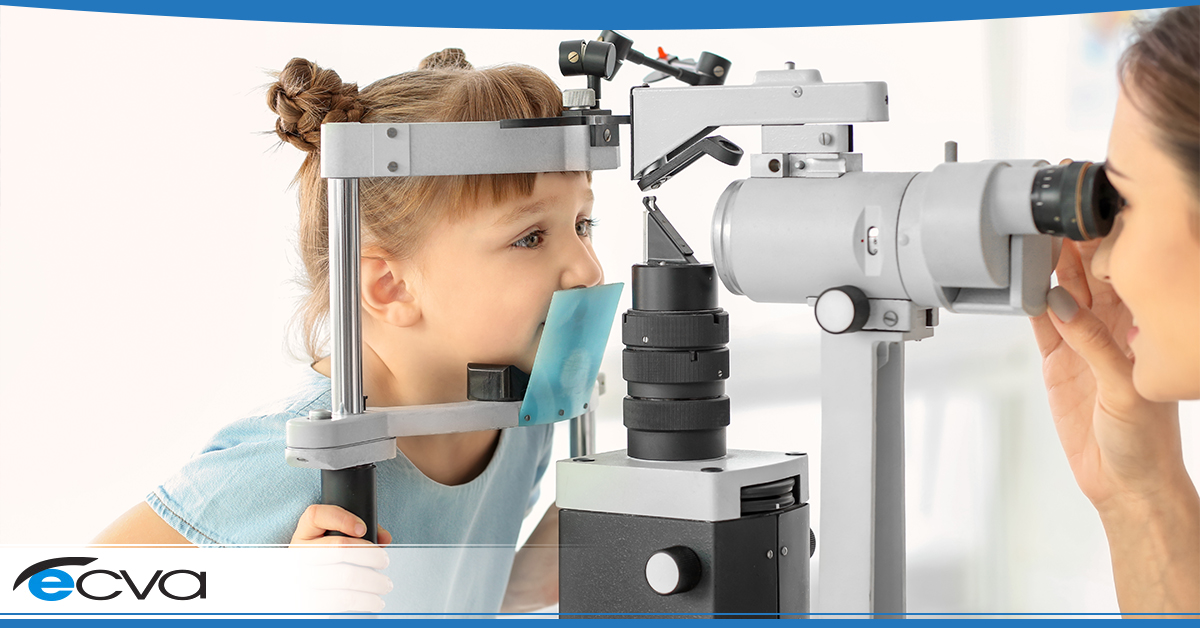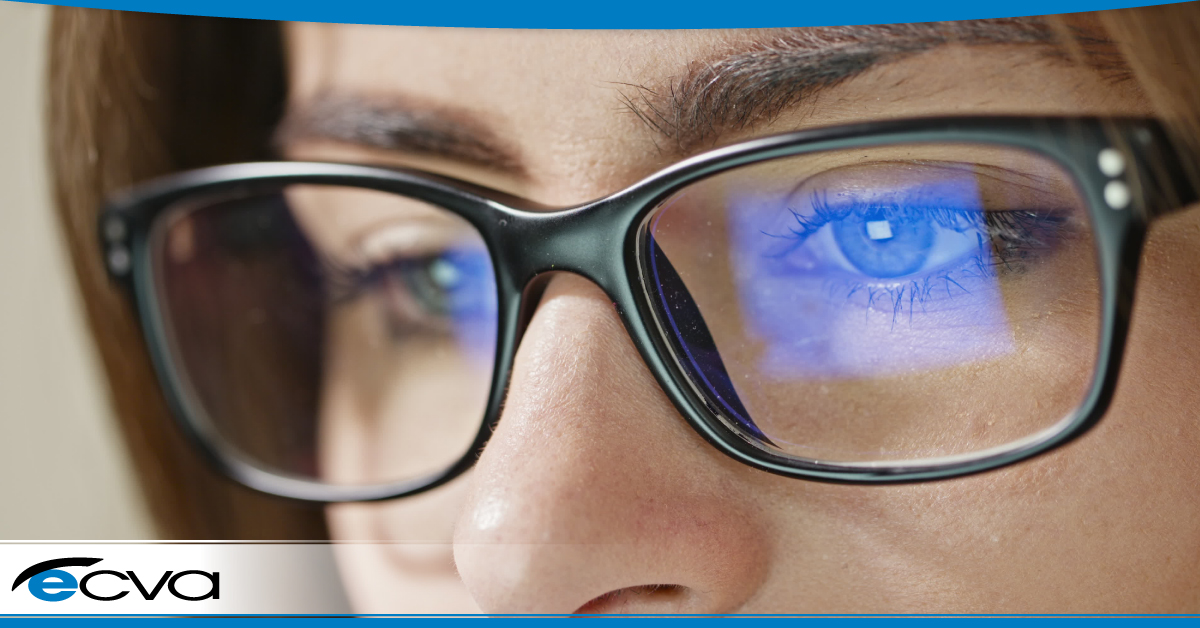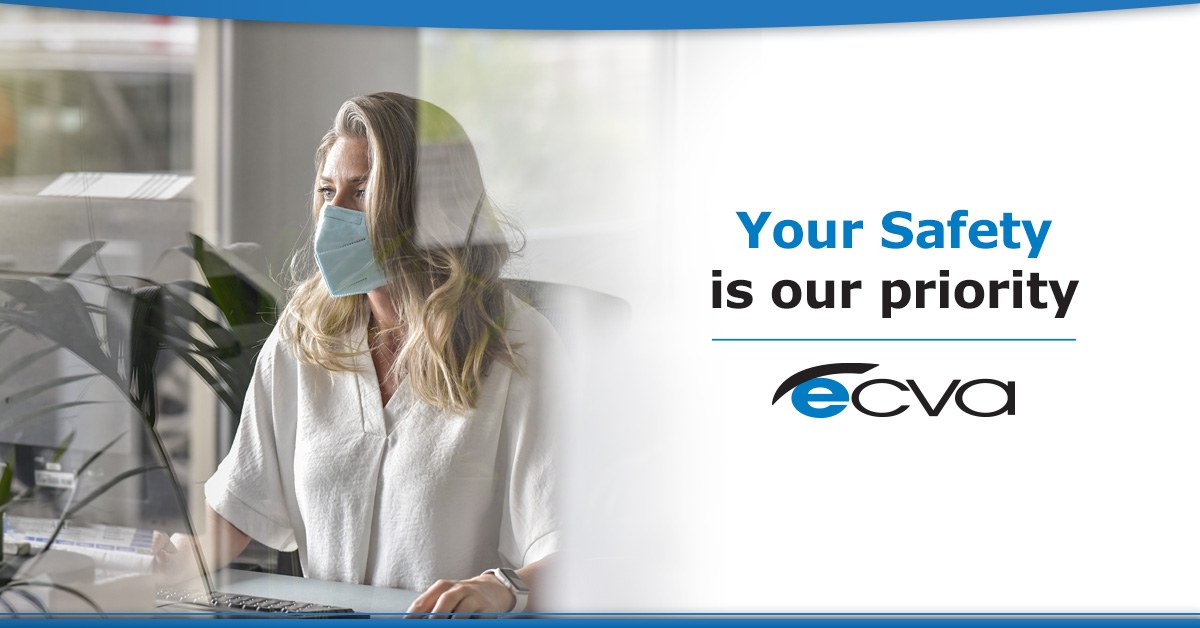Eyelid dermatitis is a form of contact dermatitis, a skin condition that occurs when you come into contact with a triggering substance, such as an allergen, dust, or irritating chemical. After contact, the eyelid experiences a reaction, leading to various symptoms.
Whether you’re trying to determine if you’re experiencing eyelid dermatitis or would simply like to know more about the condition, here’s an overview of what causes eyelid dermatitis, the typical symptoms, and details about treatment.
What Causes Eyelid Dermatitis
Generally, eyelid dermatitis comes in two forms. First, there’s irritant contact dermatitis. As the name implies, this occurs after contact with a substance, such as a chemical or dust.
Second, there’s allergic eyelid dermatitis. This version also occurs when there’s contact with a substance, but the substance is specifically an allergen in this scenario.
In both cases, symptoms from eyelid dermatitis can develop quickly or slowly. Generally, this varies due to the substance involved, the amount of exposure, and the person’s degree of sensitivity to it.
Common Symptoms of Eyelid Dermatitis
Eyelid dermatitis can come with a variety of symptoms. Reddening of the skin is one of the more common ones, along with issues like skin swelling, thickening, or scaling. An itching, burning, or stinging sensation also frequently accompanies eyelid dermatitis. In some cases, pain and blistering can occur.
Unlike eye irritation caused by an infection, eyelid dermatitis is not contagious. Primarily, that’s because eyelid dermatitis isn’t triggered by bacteria or infection.
Will Eyelid Dermatitis Go Away Without Treatment
Mild cases of eyelid dermatitis may clear up on their own, suggesting that no additional exposure to the substance triggered the reaction. However, eyelid dermatitis can lead to other conditions if it’s not treated swiftly. For example, it can increase a person’s chances of developing an eye infection.
Additionally, the symptoms of eyelid dermatitis can align with the symptoms that occur due to other eye conditions, including infections or other potentially serious medical concerns. As a result, it’s best to consult with your eye care provider if you have symptoms of eyelid dermatitis.
Treating Eyelid Dermatitis
For mild cases of eyelid dermatitis, treatment isn’t always necessary. For more severe cases or situations where the discomfort is significant enough to make everyday activities challenging, working with your eye care provider to find a better treatment option is wise. They may precisely topical or oral corticosteroids or allergy treatments, or calcineurin inhibitors, depending on the cause of the reaction.
It’s also wise to take specific steps if you have symptoms of eyelid dermatitis. Don’t wear makeup even if it isn’t likely to be the cause, as it may irritate the condition. Consider whether the triggering substance is potentially related to a new item in your home – such as lotion, laundry products, or anything else that may have contacted the eye area – and stop using it if it’s a potential irritant. Avoid scratching or touching the eye area, too.
At ECVA, the safety and health of our patients’ eyes are our priority. If you believe you’re experiencing symptoms of eyelid dermatitis or simply haven’t seen your eye care provider in the past year, the ECVA team is here to help. Schedule an appointment at your closest ECVA clinic today.



